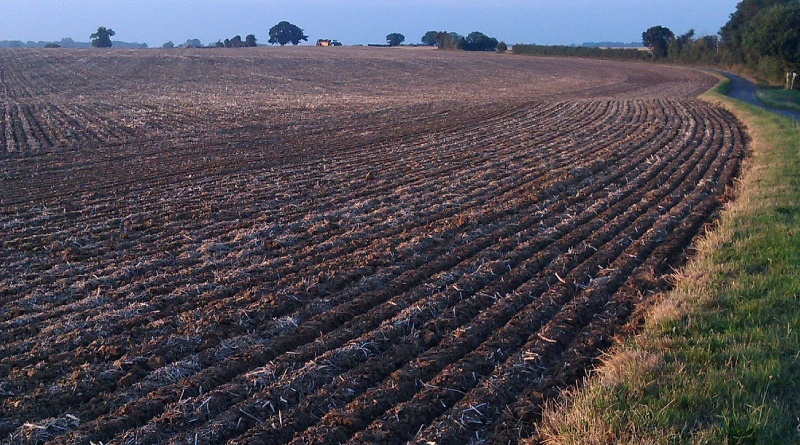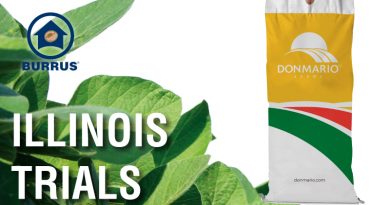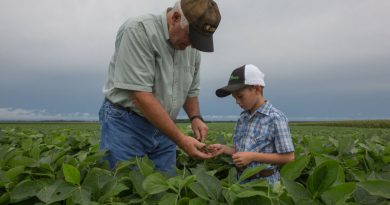Tillage options
Chris Brown, Field Agronomist
Years like 2019 point out the shortcomings and challenges with tillage plans and methods. During most of the tillage season whether that be spring or fall, much of the Burrus footprint had above average rainfall and wet soils as a result. Most growers who ran a spring tillage tool experienced some compaction layers and with a late harvest there is little opportunity to correct it before freeze-up. Therefore, growers need to analyze their tillage system and make sure the steps are taken to ensure the best conditions possible for next season.
No two operations manage their tillage the same. From timing to types of tools used, each grower has their own preferences and reasons for tillage practices. Here’s some food for thought as you consider your long-term tillage decisions.
Cropping system plays a huge part in the decision on whether to utilize no-till, strip-till or conventional tillage. The University of Wisconsin conducted a study showing significant yield increases with conventional tillage in corn-on-corn fields. The positive response increased in accordance with the number of years the field was in continuous corn. However, in a corn soybean rotation, they noted no such significant difference. In fact, they noted with the reduced labor, fuel and machinery costs associated with no-till, it is possible to be more profitable in a rotational cropping system.
A crucial factor in a successful tillage pass is soil condition. Tillage operations in wet soils can cause more harm than good and set you up for multiple issues. Compaction layers and compaction from the tractor are the most noticeable and detrimental effects of tillage completed in poor soil conditions. The compacted soil causes poor rooting, plant growth and water infiltration. All key reasons for tillage in the first place.
Topography, soil type, soil moisture and conservation needs all play into a field’s yield response to tillage. For some areas, there is not much choice when it comes to tillage. In highly erodible areas, growers are restricted to no- or strip-till; but on most acres, you have a decision to make. In the last 10 to 15 years, we have seen more people moving to conservation tillage practices. This allows growers to reduce costs through reduced tillage passes and a reduction in their fleet by eliminating high horsepower tillage machines.
For consistent no-till operations, there might be concerns about disease which tillage can help address. Many of the diseases in corn and soybean production can be controlled at least partly, by tillage. It will help to bury and mix residue into the soil profile and reduce the disease population. For growers looking to move acres into a corn-on-corn rotation, tillage might be something you consider to reach yield goals. If incorporating more tillage into your practice, ensure the timing is correct. Tillage is recommended as close to harvest as possible. This allows remaining soil warmth of the fall to assist with residue breakdown. This might not be a viable option this season with the late harvest but prioritize harvest and fieldwork on the fields that will see the most benefit from tillage. With this adjustment to your operation, you could exceed yields expectations for next year.
We know the issue of soil tillage is a debate that has been going on as long as modern farming has been in practice, but hopefully you can apply these tillage aspects to your operation to continue to improve production and profitability.






